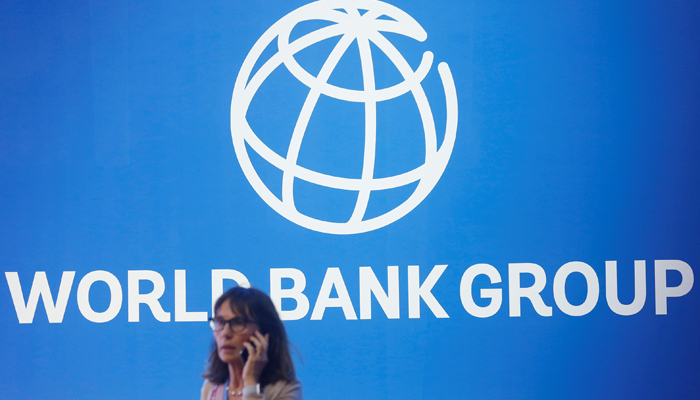
- The World Bank adjusts India’s economic growth rate to 7% on an annual basis
- “It has recovered from the crises in Sri Lanka and Pakistan.”
- Bangladesh’s growth forecast was lowered to 4.0%.
The World Bank raised its growth forecast for South Asia to 6.4% in 2024 from a previous estimate of 6%, citing strong domestic demand in India and faster recovery in crisis-hit countries such as Sri Lanka and Pakistan.
India’s economic growth forecast for the current fiscal year, which ends in March 2025, was revised to 7% year-on-year, up from April’s estimate of 6.6%, thanks to a recovery in agricultural production and increased private consumption.
“We have an emerging consumer class in India that is driving the economy forward, we have a recovery from crises in Sri Lanka and Pakistan, and we have a tourism-led recovery in Nepal and Bhutan,” said Martin Reiser, World Bank Vice President for Investment. South Asia to Reuters.
The upward revision confirms that South Asia is the fastest growing emerging economy region monitored by the World Bank. The Washington-based bank expects the South Asia region to witness strong growth of 6.2% annually over the next two years.
Reiser said there is “significant upside potential” for growth as South Asian countries become more integrated into the global economy, but countries need to commit to economic reform programs to maintain momentum.
On Wednesday, India’s central bank maintained its GDP growth forecast at 7.2% for the current fiscal year and shifted its policy stance to neutral.
The World Bank expects Pakistan’s economy to grow by 2.8% in the current fiscal year, which began in July, an increase from the previous estimate of 2.3%, thanks to a recovery in manufacturing and easing of monetary policy.
Sri Lanka, which is working its way out of a sovereign debt default and its worst economic crisis in decades, saw the largest upward revision, with growth expected to reach 4.4% this year and 3.5% in 2025.
Growth forecasts in Nepal were raised to 5.1% from 4.6% for the 2024/25 fiscal year, which begins in mid-July, and in Bhutan to 7.2% from 5.7%.
But Bangladesh’s growth forecast has been cut to 4.0% from 5.7% for the 2024/25 fiscal year, which runs from July to June, reflecting a slowdown in garment exports amid recent social unrest.
The World Bank recommended that the region work to enhance women’s participation in the labor force, which is currently the lowest in the world at 32%. The report said that raising employment rates among women to levels similar to those among men could increase production by up to half in the long term.
“Bringing more women into the workforce can add significantly to production potential,” Reiser said.
